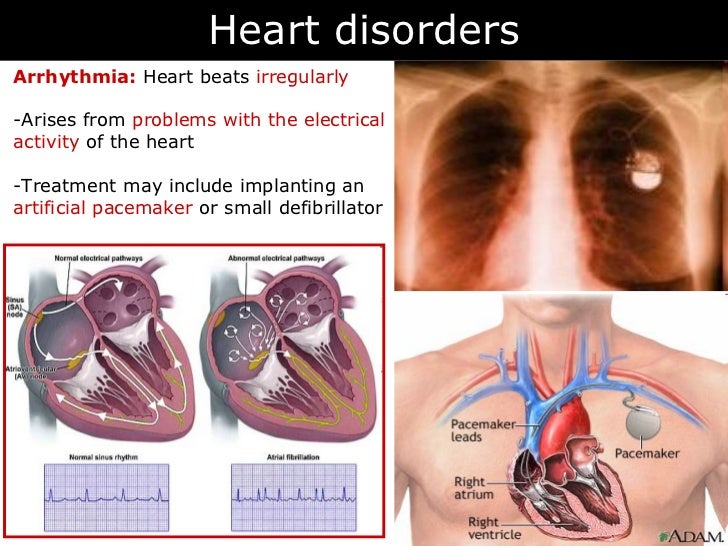

Most of the time, the extra pathway does not effect the heart rhythm. Usually the only electrical connection is the AV-node, so the extra connection provides a potential "short circuit" in the heart. When a child has SVT, there is usually an extra pathway (see the diagram below) in the heart's electrical system that connects the top chambers and lower chambers of the heart. The information in this section applies to children with WPW but there are a few differences discussed in that section. Wolff-Parkinson-White syndrome (WPW) is one subset of SVT and is the most common type of SVT in young children. Below is and example of an electrocardiogram (ECG) that was taken in an infant who had a heart rate of 280-300 beats per minute.Sometimes other names are used for SVT such as paroxysmal (starts and stops without warning) atrial tachycardia (PAT) and paroxysmal supraventricular tachycardia (PSVT). Supraventricular tachycardia means fast heart rate coming from the above the ventricles, in the heart's upper chambers (supra = above, ventricular = the lower heart chambers, tachy = fast, cardia = heart).

When a child has SVT, the heart suddenly starts to beat very fast, at rates of 180 to 280 beats a minute and up to 300 beats a minute in infants. An arrhythmia is an abnormal heart rhythm caused by a problem in the heart's electrical system, also called the cardiac conduction system. Most of the time, the problem occurs in children with otherwise normal hearts but it can occur along with other congenital heart problems. While the problem is often congenital, meaning it is present at birth, the onset and severity of symptoms varies. It is said to occur in up to 1 in 2500 children. These steps may help prevent your arrhythmia from getting worse.Supraventricular tachycardia (SVT) is the most common arrhythmia (abnormal heart rhythm) diagnosed in children. You may need to avoid activities that may trigger your arrhythmia. If you have been diagnosed with an arrhythmia, your doctor may talk to you about healthy lifestyle changes you can make. During cardiac arrest, the heart suddenly and unexpectedly stops beating, causing death if it is not treated within minutes. This can lead to life-threatening stroke, heart failure, or cardiac arrest.

If not treated, arrhythmias can damage the heart, brain, or other organs. You may feel dizzy, faint, or have other symptoms.Īrrhythmias are treatable with medicine or procedures to control the irregular rhythms. But a frequent irregular rhythm may mean that your heart is not pumping enough blood to your body. It is also normal to feel as if your heart skips a beat occasionally. It is normal for your heart rate to speed up during physical activity and to slow down while resting or sleeping. Your heart may beat too quickly, too slowly, or with an irregular rhythm. Medical Illustration Copyright © 2021 Nucleus Medical Media, All rights reserved.Īn arrhythmia, or irregular heartbeat, is a problem with the rate or rhythm of your heartbeat. When there is a problem with this system, it is called an arrhythmia.

Learn how the heart uses electrical impulses to manage the speed and rhythm of every heartbeat.


 0 kommentar(er)
0 kommentar(er)
